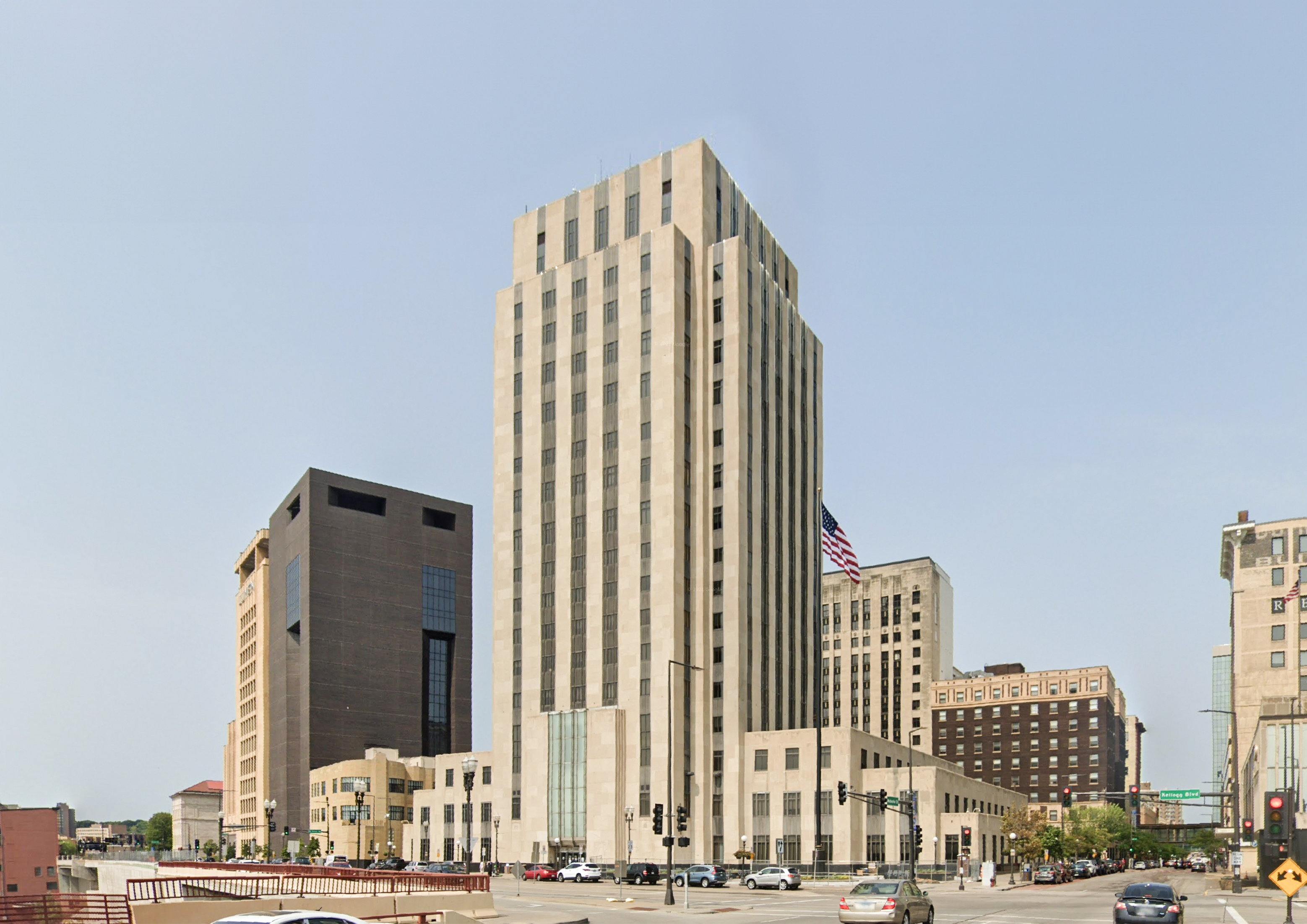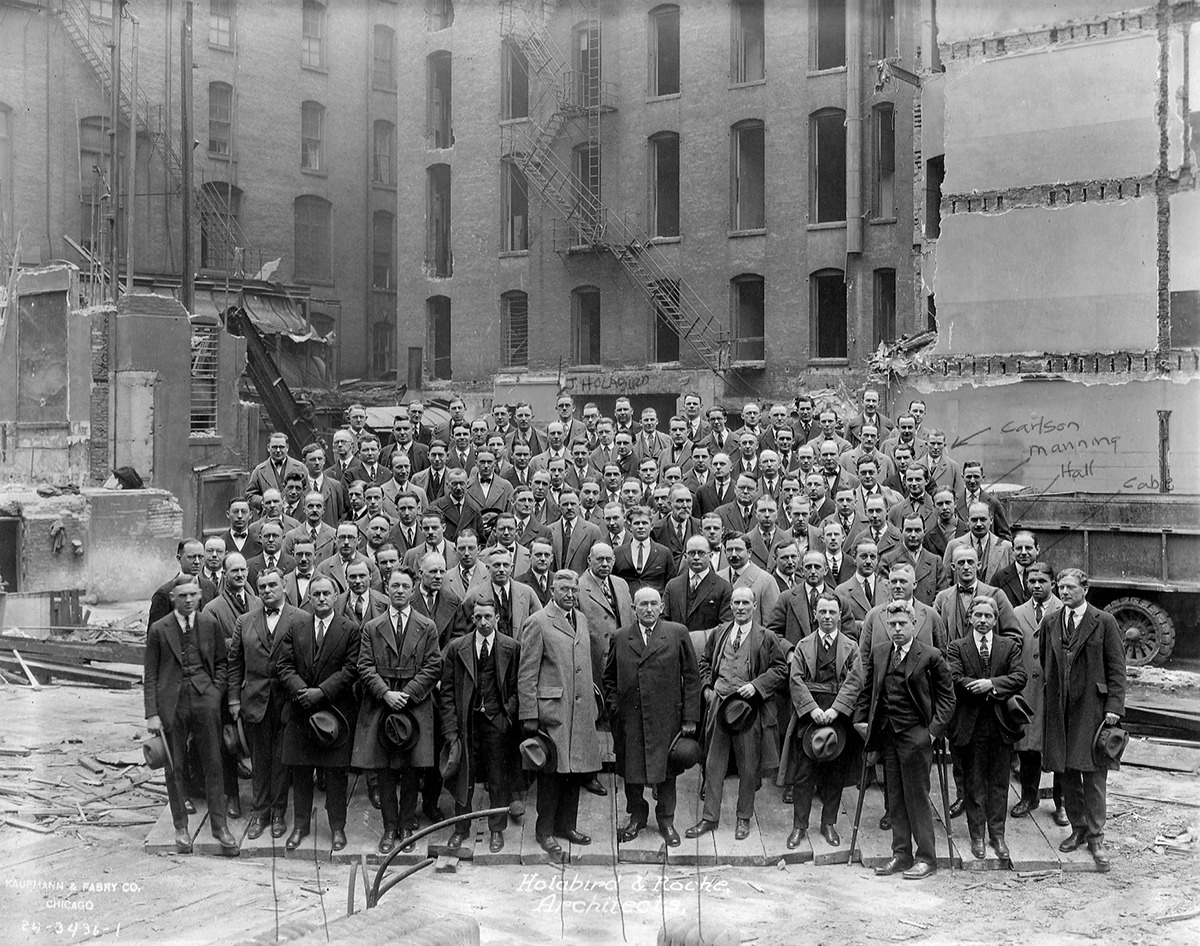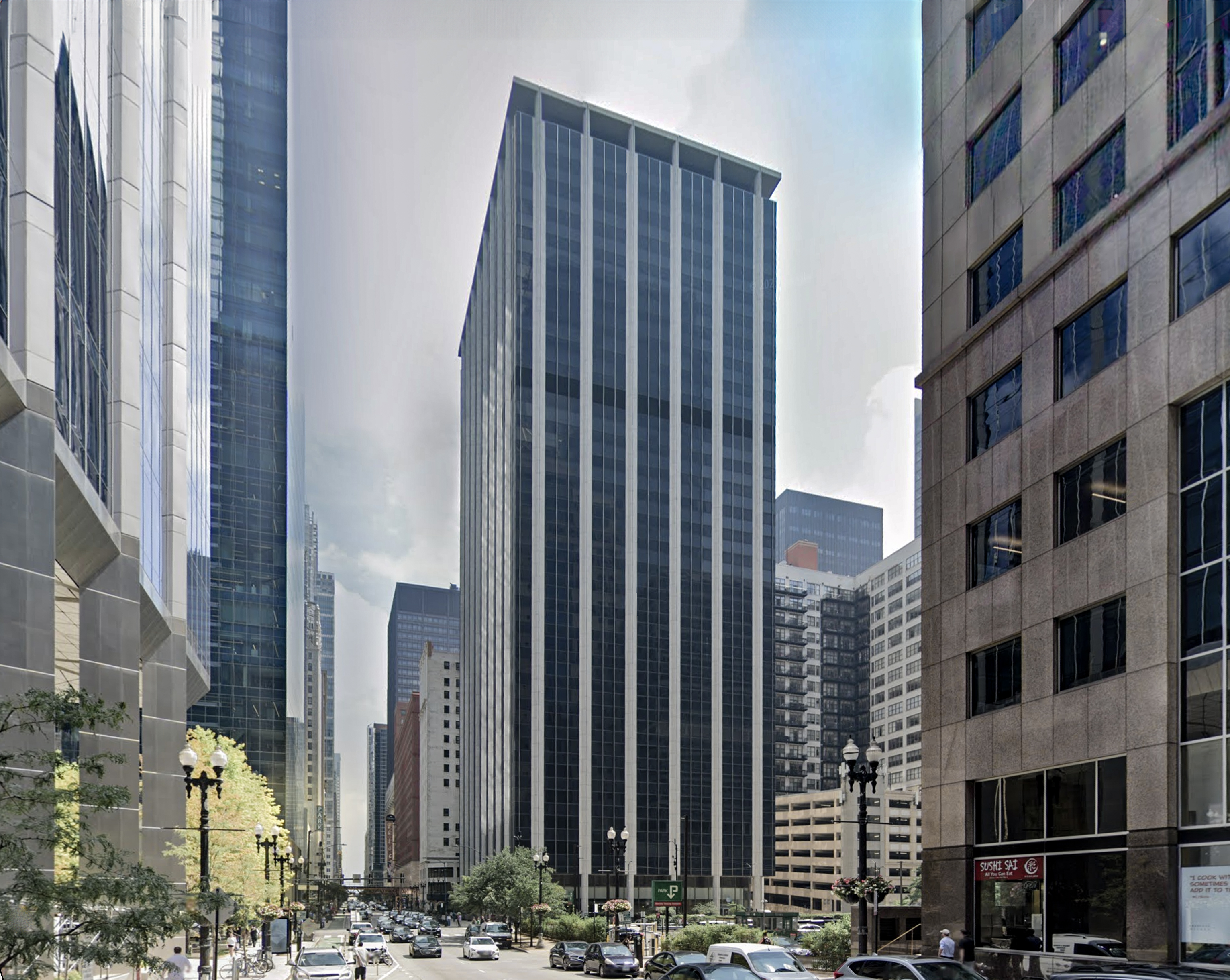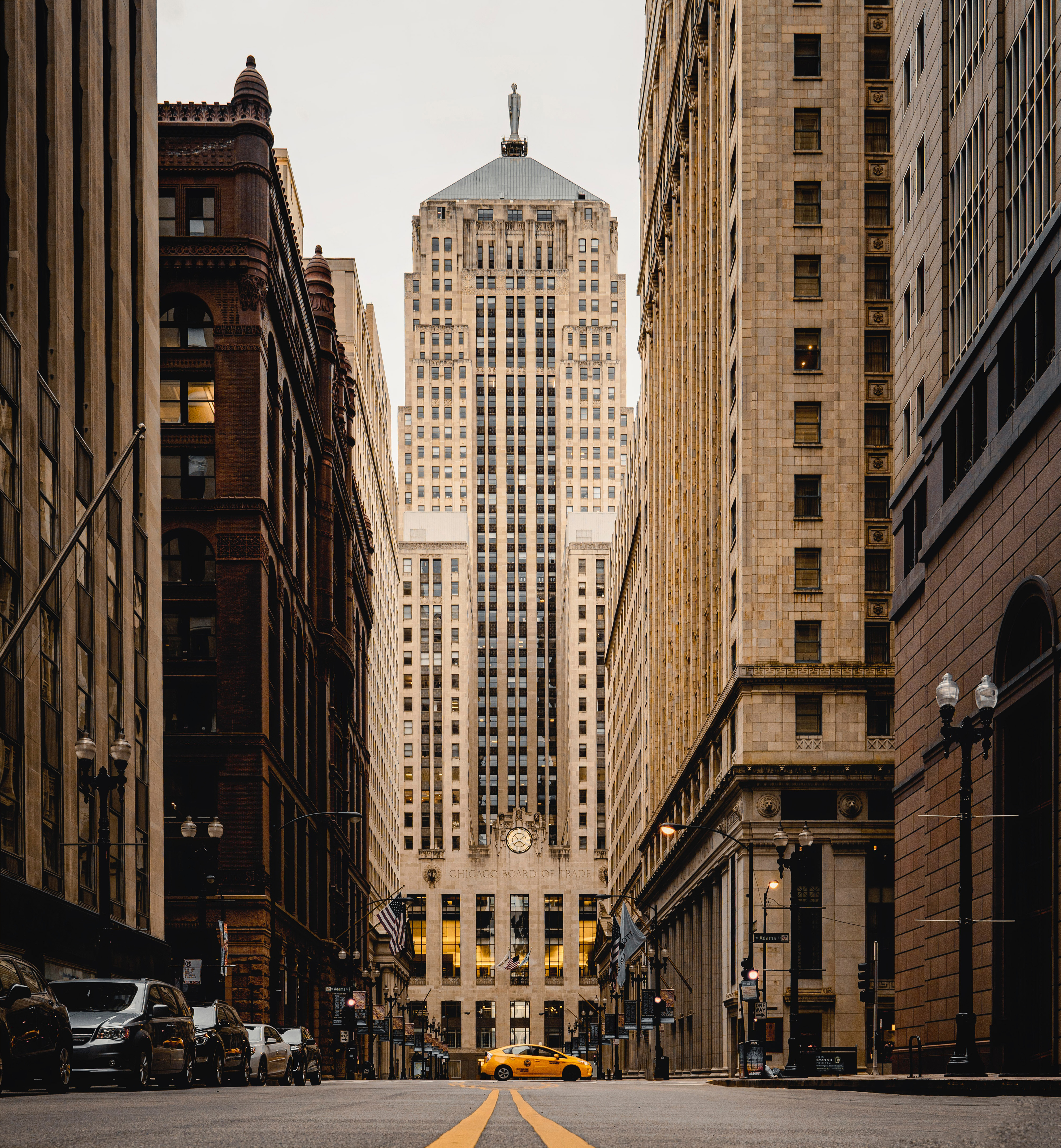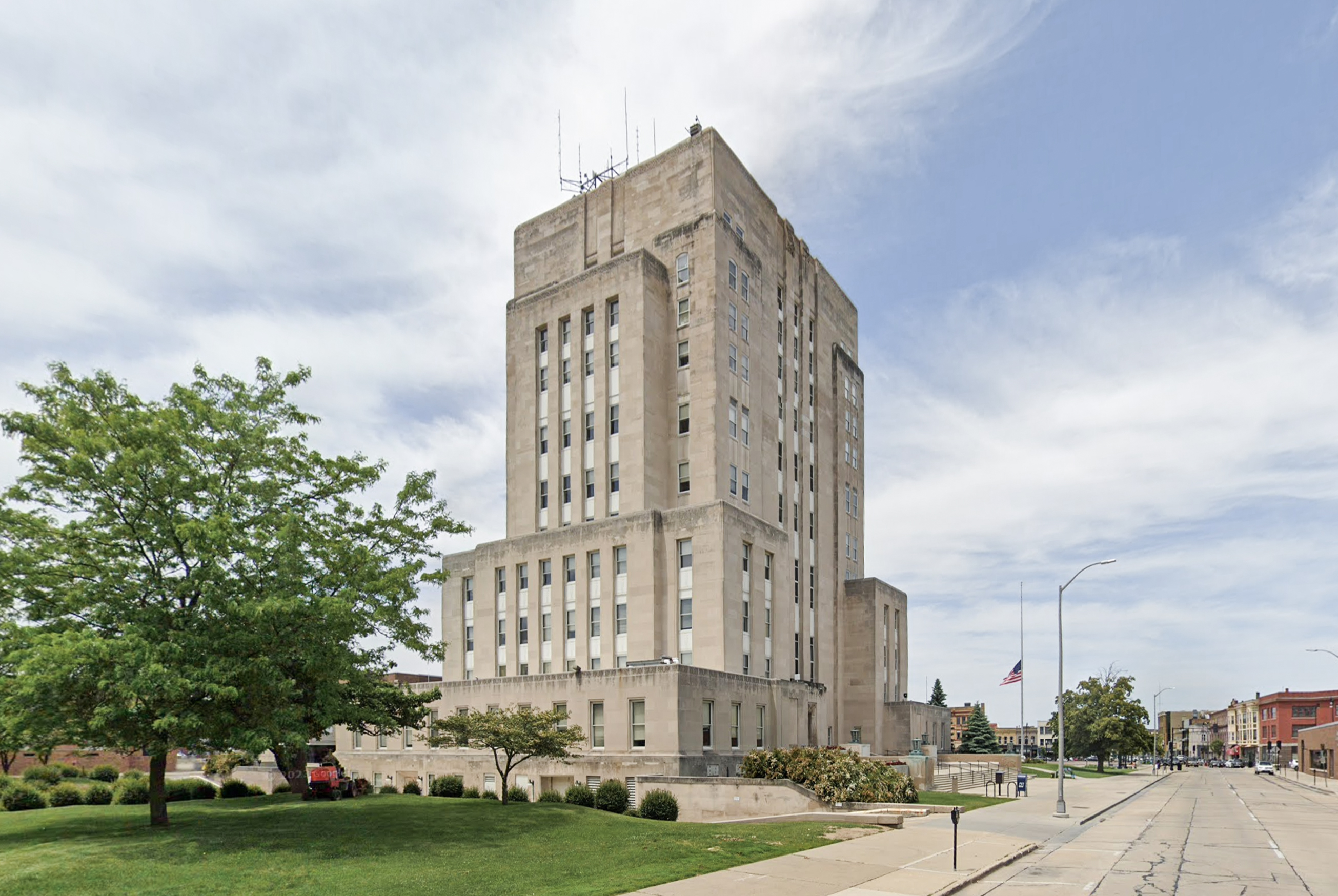The Saint Paul City Hall and Ramsey County Courthouse is an Art-deco skyscraper designed by Holabird & Root, and built between 1930 and 1932, for a reported $4.00 million dollars, in Saint Paul, MN.
Its precise street address is 15 Kellogg Boulevard West, Saint Paul, MN. You can also find it on the map here.
The Saint Paul City Hall and Ramsey County Courthouse is a structure of significant importance both for the city of Saint Paul and the United States as a nation. The building embodies the distinctive characteristic features of the time in which it was built and the Art Deco style. Because of that, the Saint Paul City Hall and Ramsey County Courthouse was officially included in the National Register of Historic Places on February 11th 1983.
The building has been restored 2 times over the years to ensure its conservation and adaptation to the pass of time. The main restoration works happened in 1994 and 2023.
